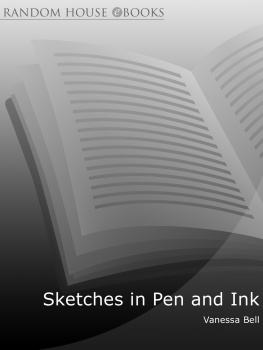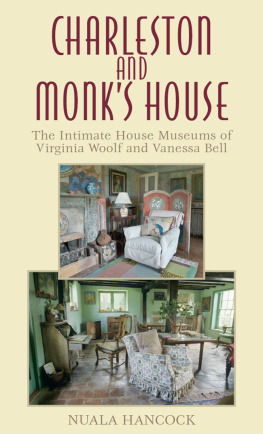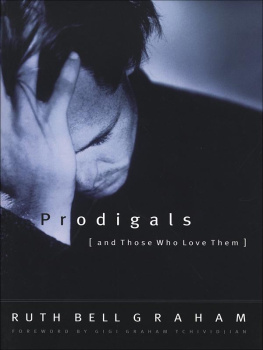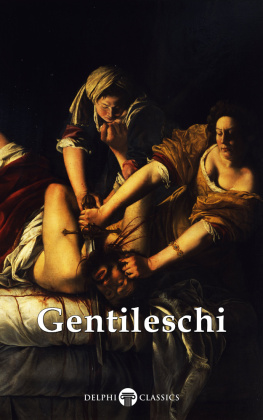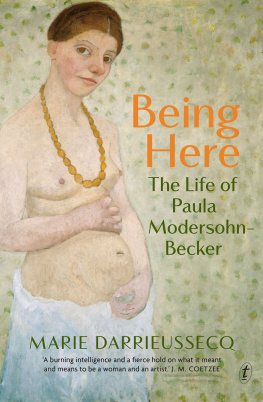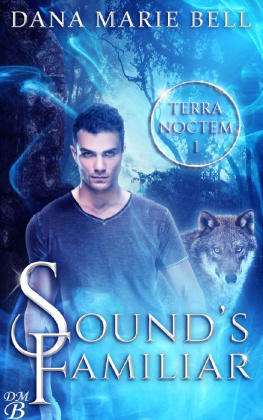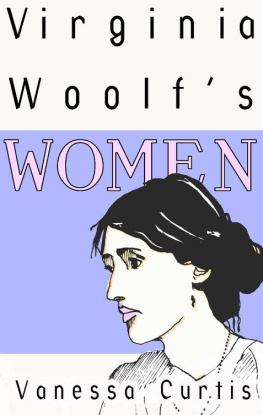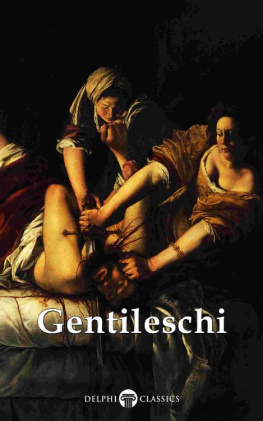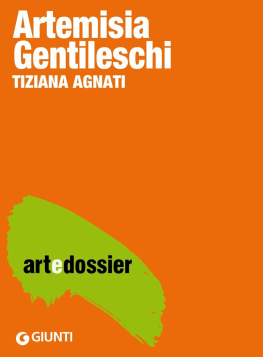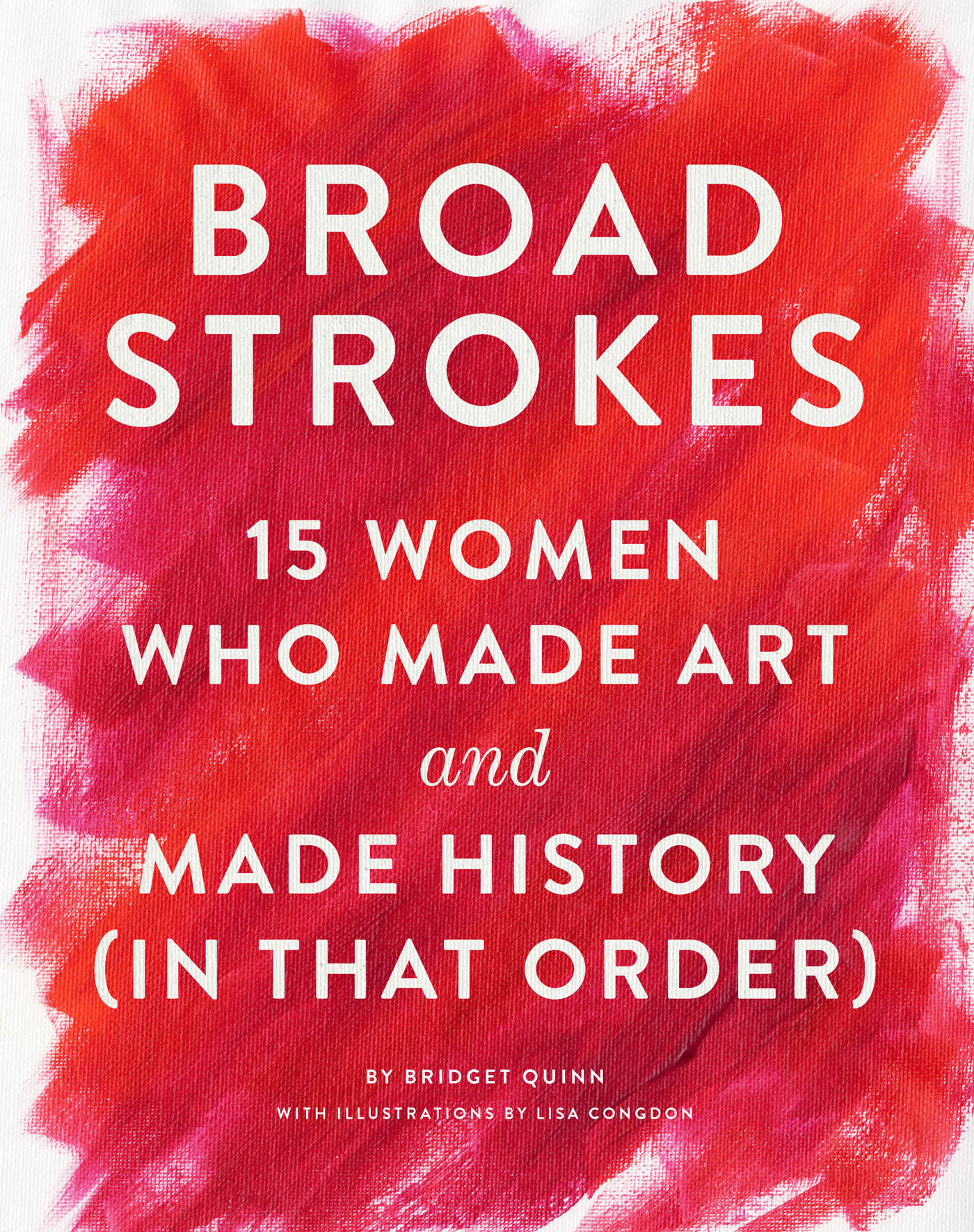

FOR LUKAS & ZUZU,
ARTISTS & ATHLETES
& FOR
RO,
ALWAYS
& FOR
POLLY ANN QUINN,
WITH LOVE & ADMIRATION
(& APOLOGIES FOR THE BAD WORDS)
Text copyright 2017 by Bridget Quinn.
Illustrations on copyright 2017 by Lisa Congdon.
All rights reserved. No part of this book may be reproduced in any form without written permission from the publisher.
constitute a continuation of the copyright page.
ISBN 9781452152837 (epub, mobi)
Library of Congress Cataloging-in-Publication Data:
Names: Quinn, Bridget, author.
Title: Broad strokes : 15 women who made art and made history (in that order) / Bridget Quinn ; with illustrations by Lisa Congdon.
Description: San Francisco : Chronicle Books, [2017] | Includes bibliographical references.
Identifiers: LCCN 2016023856 | ISBN 9781452152363 (hardback)
Subjects: LCSH: Women artistsBiography. | Women artistsHistory. | ArtHistory. | BISAC: BIOGRAPHY & AUTOBIOGRAPHY / Women. | ART / History / General.
Classification: LCC N8354 .Q47 2017 | DDC 709.2/52 [B]dc23 LC record available at https://lccn.loc.gov/2016023856
Design by Kristen Hewitt
Chronicle Books LLC
680 Second Street
San Francisco, California 94107
www.chroniclebooks.com
I think it would be well, and proper, and obedient, and pure, to grasp your one necessity and not let it go, to dangle from it limp wherever it takes you. Then even death, where youre going no matter how you live, cannot you part.
ANNIE DILLARD, LIVING LIKE WEASELS
TABLE OF CONTENTS

CHAPTER 1:
ARTEMISIA GENTILESCHI
CHAPTER 2:
JUDITH LEYSTER
CHAPTER 3:
ADLADE LABILLE-GUIARD
CHAPTER 4:
MARIE DENISE VILLERS
CHAPTER 5:
ROSA BONHEUR
CHAPTER 6:
EDMONIA LEWIS
CHAPTER 7:
PAULA MODERSOHN-BECKER
CHAPTER 8:
VANESSA BELL
CHAPTER 9:
ALICE NEEL
CHAPTER 10:
LEE KRASNER
CHAPTER 11:
LOUISE BOURGEOIS
CHAPTER 12:
RUTH ASAWA
CHAPTER 13:
ANA MENDIETA
CHAPTER 14:
KARA WALKER
CHAPTER 15:
SUSAN OMALLEY

INTRODUCTION

IT WAS 1987, the spring of my first college year in California. I was still a teenager, though just barely, and what I would make of myself in the world preoccupied my waking hours. In a move that made no rational sense to anyone, including myself, I was majoring in art history, a topic I knew nothing about. But, somehow, art was the thing I wanted most to understand. So in I jumped, a girl raised on the high plains of Montana, where our towns one museum was dedicated to the work of local cowboy artist Charlie Russell.
That spring I was thrilled that my courses had entered the twentieth century at last, including a class dedicated to modern American art. After three thousand years of gods and nudes and kings and saints and boating parties on the Seine, I was finally comfortable. The class began with Regionalist painters like Thomas Hart Benton and Grant Wood, whose homey depictions edged along the paintings Id grown up with.
The course was taught by my only female professor, a visiting scholar from Texas, who had long, untamed red hair and wore mens white shirts and jeans with cowboy boots. She walked with a cane and spoke in the flat, barely discernable drawl of the Texas Panhandle. I adored her.
So when she said, Hey now, this is why abstraction is great and beautiful and true, I wrote it down in my notebook and I believed it. For the first time, I experienced the artworks lit up on the big screens in that vast auditorium not as signifiers of this time period or that artist, but as objects of value in themselves, as sometimes beautifuland sometimes failedexpressions of singular human beings in communication with... well, with all of humanity. With me, even, a pale and clueless woman-child with dyed black hair and a newly pierced nose. I fairly swooned with the romance of it.
And yet, there was something. Some niggle I couldnt quite put my finger on. Some itch or need I could not locate clearly enough to ameliorate.
By the second week of Modern American Art, we were in New York and left only to peek in on Europe and see what was happening there. Or to follow Duchamp or Dal or Mondrian or any other dozens of artists fleeing toward Manhattan. Occasionally, a wife or female model was mentioned, but rarely. I took notes and mostly liked what I saw and tried not to worry about anything else.
But then one afternoon our redheaded professor did not dim the lights. She started out just talking, leaning at a jaunty angle on her cane while glancing at her notes and relaying with some pleasure the story of one Jackson Pollock, who was born in Wyoming and went to high school in California. I leaned forward in my institutional seat. I hadnt known any great artists came out of the American West.
She put on her glasses, smiled, and read something young Jackson had written in a questionnaire, right about the time he was my age: As to what I would like to be. It is difficult to say. An artist of some kind.
The whole world narrowed to the pinprick of my professor on stage. The niggle squirmed, but as I tried to locate its source and meaning, the lights went down and up came two ravishing paintings. One by Pollock and one by someone named Lee Krasner. Who was his wife, my professor said, removing her glasses. This Lee was a woman, and she was a painter, and she was good.
The niggle became sound, a roar in the brain so violent I missed most of the remaining lecture. When class was over, I marched my combat boots to the arts library and checked out three books on Jackson Pollock.
There were no books dedicated to Lee Krasner, so I had to find out about her through her husband. About how she had attended the Art Students League before him, where she was so accomplished that her instructor, Hans Hofmann, paid her the ultimate compliment: This is so good you would not know it was painted by a woman.
I closed the book, thinking of the volumes on art Id grown up with.
My family owned a set of Time Life books dedicated to important artists, dozens of them on a shelf in my fathers study, each with the same gray cover, but each one dedicated to a different painter or sculptor. I loved these books for years, until about age ten, when I suddenly realized that not a single one was about a woman. Then I believed Id uncovered yet another terrible adult truth: girls could not be great artists. After that, those books just made me sad.
I went to my locker in the art library and took out our main text, a massive volume called History of Art by H. W. Janson, hoisted it onto a table, and started flipping through. At last, on page 500, the early seventeenth-century section on the Italian Baroque, it read:
Next page

